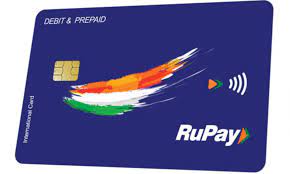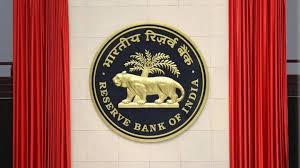
SBI, ICICI Bank, and Axis Bank to bring Rupay credit card on UPI platform: State Bank of India (SBI), ICICI Bank, and Axis Bank want to begin distributing RuPay credit cards via the UPI by March 2023. Currently, the RuPay credit card segment on the UPI platform is live with three public sector banks—Union Bank of India, Punjab National Bank, and Indian Bank—and one private sector bank—HDFC Bank.
December 2022 Current Affairs Quiz
Rupay-based credit card on UPI platform: Key Points
- In June, the Reserve Bank of India approved the use of credit cards to connect to UPI, which was previously only available as a “pay now” option.
- Users will benefit from more convenience as a result of the change, which will also expand the adoption of digital payments.
- RuPay is a technological platform that provides end-to-end security options for online financial transactions.
- Credit cards are not offered by RuPay. In India, only banks have the authority to issue credit cards.
- The bank will use the RuPay technology network when a customer uses a RuPay credit card.
- Here, RuPay is in charge of the technology connection to ensure that the transaction goes off without a hitch.
Every transaction would be reimbursed by the bank to RuPay.
Factors of popularity of UPI
- The zero MDR is one of the main factors contributing to UPI’s popularity.
- MDR is a charge that merchants pay to banks for processing payments that is based on a portion of the transaction.
- RuPay debit cards do not have an MDR; other debit cards do, with fees ranging from 0.4% to 0.9%.The MDR for credit cards, which ranges from 2% to 3% of the transaction value, has no ceiling, though. Compared to Mastercard or VISA credit cards, RuPay credit cards often have a lower MDR.





